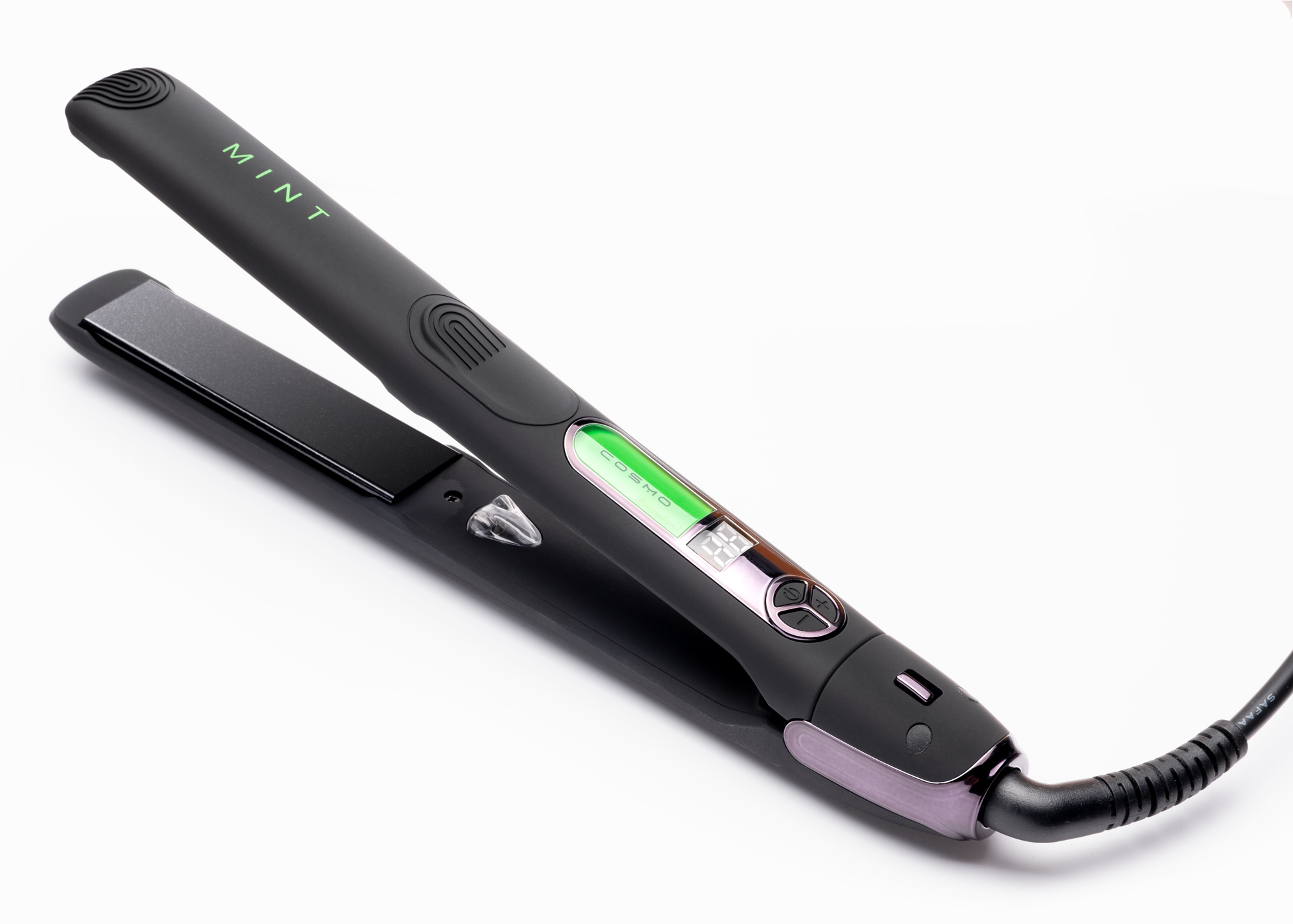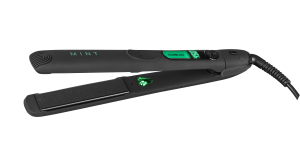
When we talk about workplace wellness, we usually picture meditation apps, standing desks, and company yoga classes. But there’s a crucial piece of the wellness puzzle that’s been hiding in plain sight: the tools we use every day.
For professionals whose hands are their livelihood, this oversight isn’t just inconvenient; it’s career-threatening. Take hairstylists, for instance. While we’re busy discussing mental health days and work-life balance, up to 65% of hairstylists are quietly battling chronic pain in their hands, wrists, shoulders, and backs. The culprit? Tools that weren’t designed with the human body in mind.
The Real Cost of Poor Tool Design
The statistics are sobering. According to research published in the Journal of Physical Therapy Science, over 70% of salon professionals experience symptoms of musculoskeletal disorders. These aren’t minor aches and pains but career-altering conditions that force talented professionals to choose between their passion and their physical health.
Many stylists cite tool-related pain as a major reason for career burnout or early retirement. When your blow dryer feels like a brick after the third client of the day, or your curling iron makes your wrist scream by noon, it’s not just about discomfort. It’s about whether you can sustain the career you love.
Beyond the Beauty Industry
While the beauty industry provides a stark example, this issue spans across professions. From surgeons to mechanics, from artists to construction workers, the relationship between tool design and long-term health has been underexplored. We’ve focused so much on the work environment that we’ve forgotten about the instruments that connect us to our work.
The problem isn’t just about weight or size. It’s about understanding how tools interact with the human body during extended use. Poor weight distribution, awkward grip angles, excessive vibration, and repetitive motions all compound over time. What starts as mild fatigue can evolve into chronic pain conditions that derail entire careers.
The Ergonomic Revolution
Fortunately, some companies are recognizing that professional wellness extends beyond the break room. Ergonomic design (which focuses on minimizing force, reducing awkward postures, and limiting repetitive movements) is finally making its way into professional tools.
Brands like Mint Tools are leading this charge in the beauty industry. Founded by a hairstylist and an engineer, the company understands that high performance and human comfort aren’t mutually exclusive. Their approach focuses on balanced weight distribution, intuitive grips, and designs that work with the natural mechanics of the hand and wrist, not against them.
This isn’t just about making tools more comfortable; it’s about enabling professionals to have longer, healthier careers. When your tools support your body instead of fighting it, you can focus on what you do best without the constant backdrop of physical strain.
Changing the Conversation
The shift toward ergonomic professional tools represents a broader change in how we think about workplace wellness. It’s not enough to offer benefits that help workers recover from work-related strain. We need to prevent that strain from happening in the first place.
This means asking different questions. Instead of “How can we help workers cope with tool-related pain?” we should be asking “How can we design tools that don’t cause pain?” Instead of accepting that certain professions inevitably lead to physical problems, we should be demanding better from the tools that define those professions.
The Path Forward
As wellness continues to evolve from a nice-to-have to a business imperative, tool design deserves a seat at the table. Companies that prioritize both performance and human factors aren’t just doing right by their customers; they’re investing in the longevity of entire industries.
For professionals whose hands are their craft, wellness isn’t just about what happens during lunch breaks or after work hours. It’s about every moment they’re practicing their trade. When we truly commit to professional wellness, we’ll measure success not just by productivity and profit, but by how many careers we can help sustain over decades instead of years.
Because in the end, the best tool isn’t just the one that gets the job done but the one that lets you keep doing the job you love.
Featured Product

COSMO FLAT IRON